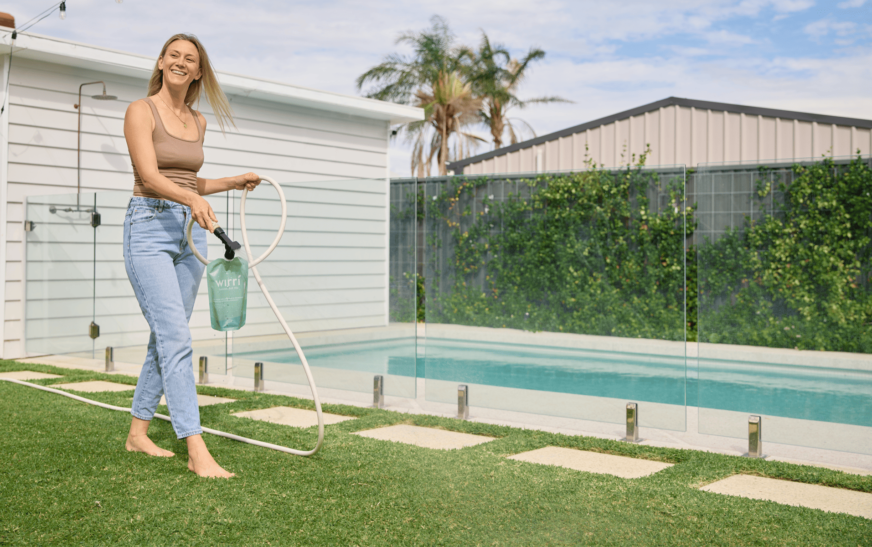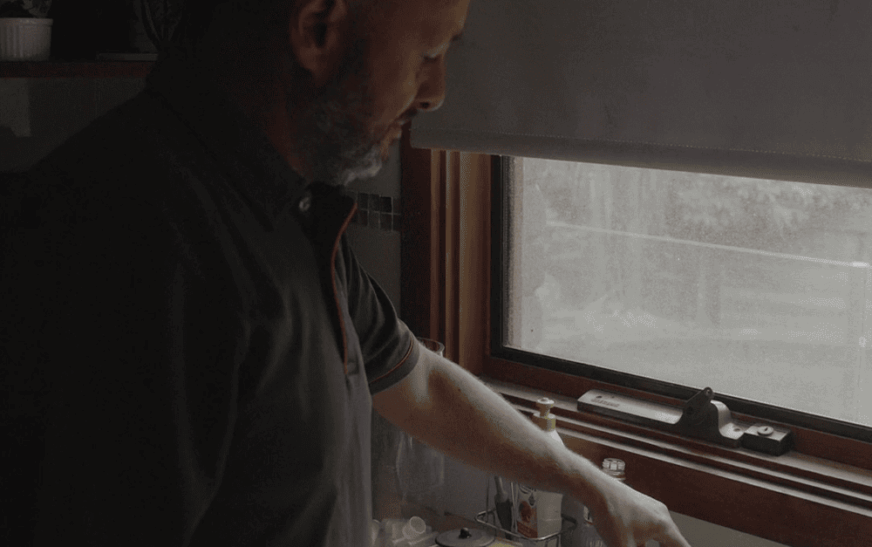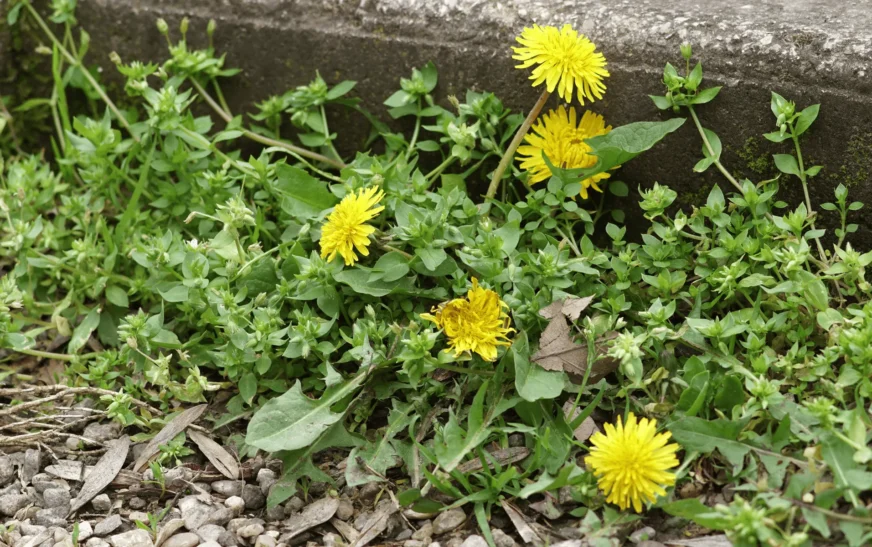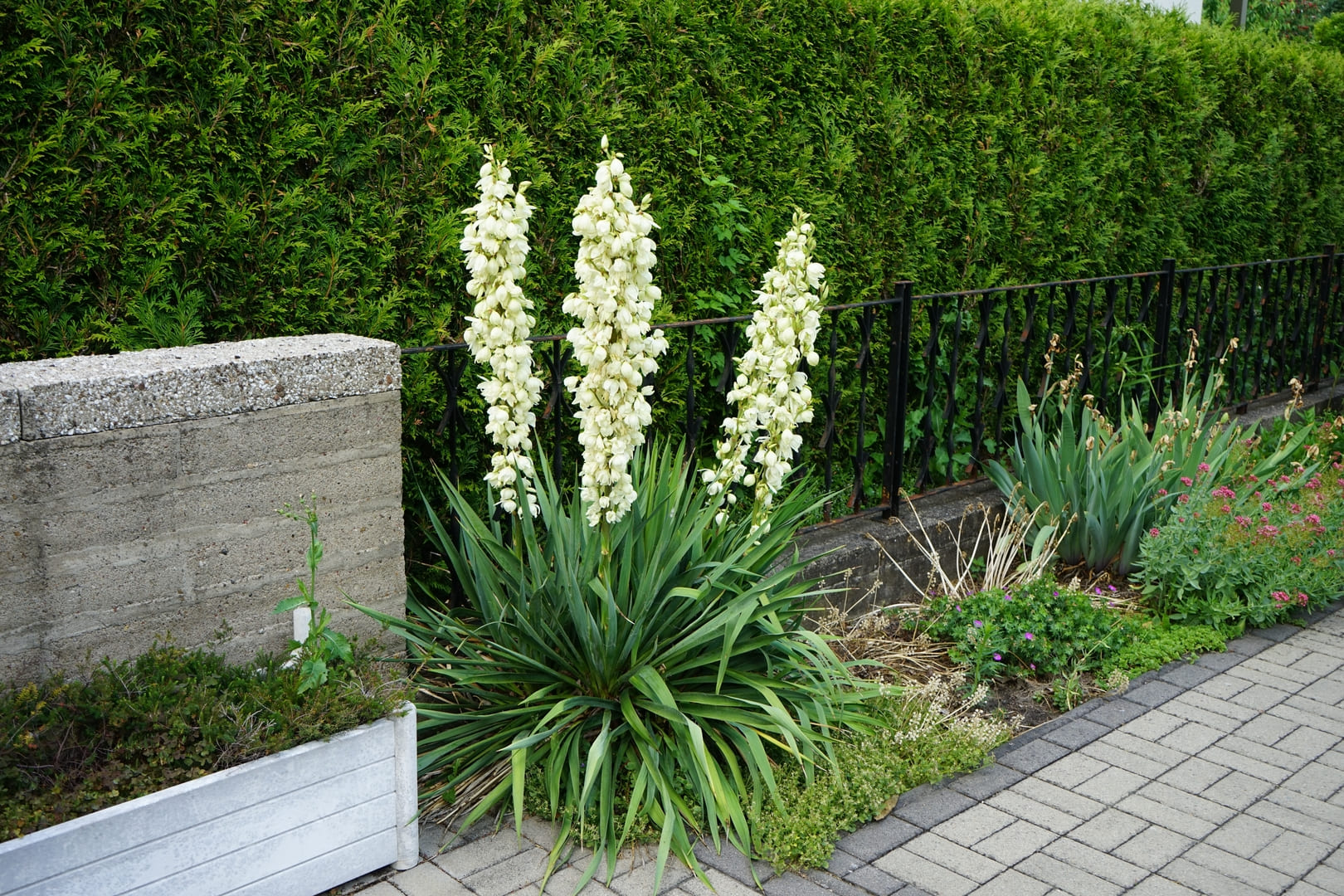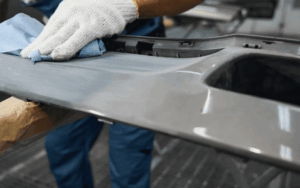When most Australians think of a healthy, green lawn, the image that comes to mind is usually of a sun-drenched backyard, kids playing, and the scent of freshly cut grass in the air. But what happens when your lawn doesn’t get full sun? Whether it’s a large gum tree in the backyard, a high fence, or the shadow cast by your home, many lawns are forced to deal with varying degrees of shade.
And that’s a problem—because grass needs sunlight to survive. Without it, many common lawn varieties start to thin out, yellow, or simply die off altogether.
Different Types of Shade and Their Impact
Not all shade is created equal. One of the most important things you can do when planning a lawn in a shaded area is to figure out what kind of shade you’re dealing with.
Here’s a quick breakdown:
- Dappled Shade: This is the sort of soft, filtered light you get under sparse trees or pergolas. Grass can often grow reasonably well here, especially if it’s a shade-tolerant variety.
- Partial Shade: This means the area gets sunlight for part of the day—usually 3–5 hours. It’s enough for some grass types to survive, but growth will be slower than in full sun.
- Dense Shade: Think of areas that get less than 3 hours of direct sunlight or are constantly under tree canopy or beside tall buildings. Only a few turf types can survive this, and even then, it’ll require regular maintenance and care.
- Seasonal Shade: In some cases, a lawn might be shaded only in winter due to the sun’s lower angle. This is less of a concern, but it’s still worth considering if your lawn struggles during colder months.
The more you understand the type and duration of shade in your lawn, the better your choices will be when it comes to turf selection and maintenance.
Picking the Right Turf for Shaded Areas
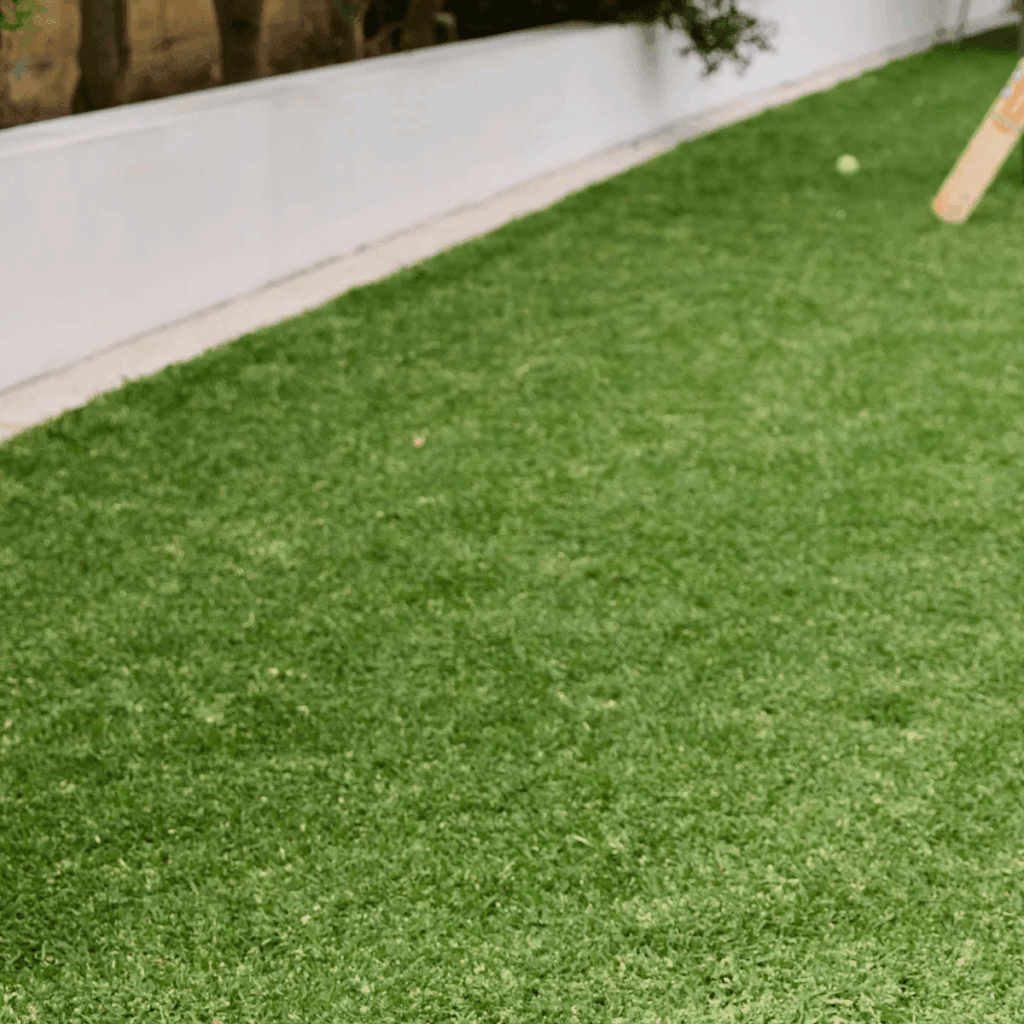
One of the smartest moves you can make for a shaded lawn is choosing a grass variety that’s been bred to tolerate low-light conditions. Not all turf is created equal. Some varieties that thrive in full sun will struggle and fail in shade, while others have been specially developed to survive—even thrive—under low-light conditions.
Here are a few types that are known to do well in shady Australian yards:
- Sir Walter DNA Certified Buffalo Grass: This is one of the most shade-tolerant buffalo grasses available, needing as little as 3–4 hours of sunlight per day. It has a broad leaf, grows densely, and recovers well from wear.
- Zoysia: While it prefers sun, certain varieties of zoysia can tolerate light shade and are extremely low-maintenance, making them great for mixed-light yards.
- Fescue: A cool-season grass more common in the southern parts of Australia. It handles shade better than most warm-season grasses and can stay green throughout the year.
The key is to match the turf to your environment. Even the best shade-tolerant grass won’t survive if it’s placed in an area that never gets light or isn’t suited to your local climate.
Soil Conditions Under Shade
Shade doesn’t just affect how much sun your lawn gets—it also changes how your soil behaves.
Shaded areas tend to hold moisture for longer because there’s less evaporation. While that might sound good in dry seasons, it can easily lead to soggy soil, fungal diseases, or root rot if drainage isn’t up to scratch. On top of that, trees and shrubs that create the shade are also competing with your grass for nutrients and water.
To give your shaded lawn the best chance:
- Aerate regularly to loosen compacted soil and improve drainage.
- Fertilise appropriately—shaded grass grows slower, so it doesn’t need as much nitrogen, but it still needs nutrients.
- Check pH levels—some trees (like pines) can acidify the soil over time. You may need to adjust with lime.
Maintenance Tips: How to Help Grass Thrive in Shade
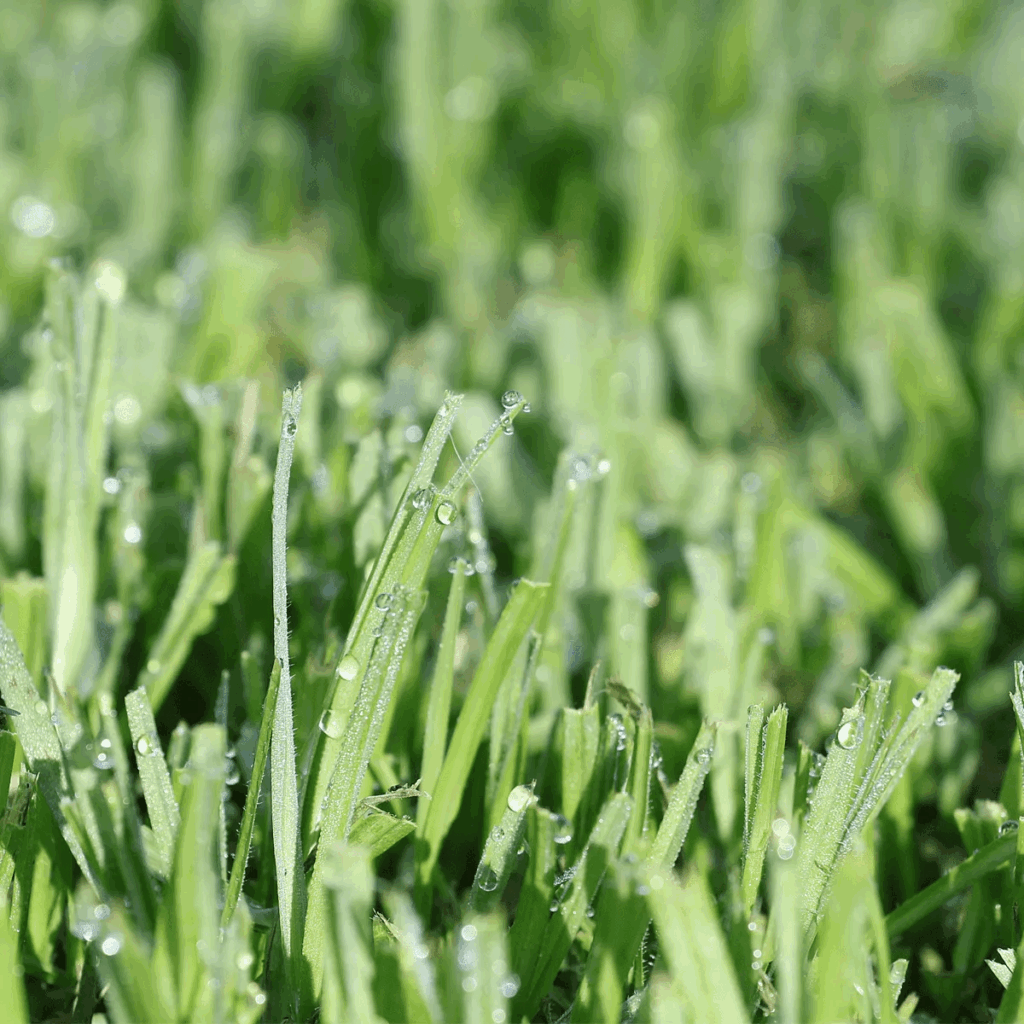
Once you’ve chosen the right turf and addressed your soil, it’s time to think about ongoing care. Shaded grass needs a different approach compared to lawns growing in full sun.
1. Mow Higher
Grass in shade grows slower but needs more leaf surface to photosynthesise. Set your mower to a higher setting (around 6–7cm) and never cut more than a third of the blade length at a time.
2. Water Deeply, But Infrequently
Because shaded areas retain moisture longer, it’s easy to overwater. Instead of shallow daily watering, go for a deep soak once or twice a week to encourage deeper roots.
3. Prune Overhanging Branches
Even just a bit more light can make a huge difference. Trim trees and shrubs to let in more morning sun. This also improves air circulation, helping to prevent fungal issues.
4. Rake Regularly
Shaded areas often collect more debris—especially leaves. These block light and trap moisture, leading to rot and disease. Rake weekly to keep things clean.
5. Be Realistic
In some deeply shaded areas, even the most shade-tolerant grass may never fully thrive. In these spots, consider alternatives like groundcovers, mulch, pavers, or shade-tolerant plants.
Final Thoughts: Shade Doesn’t Mean the End for Your Lawn
Just because your lawn doesn’t get full sun doesn’t mean you have to give up on having a great backyard. With the right grass variety, smart maintenance, and realistic expectations, you can create a shaded lawn that’s both beautiful and functional.
The trick is to work with your environment, not against it. Shade is just another part of the landscape—and with a little effort, your lawn can still be one of the highlights of your home.

